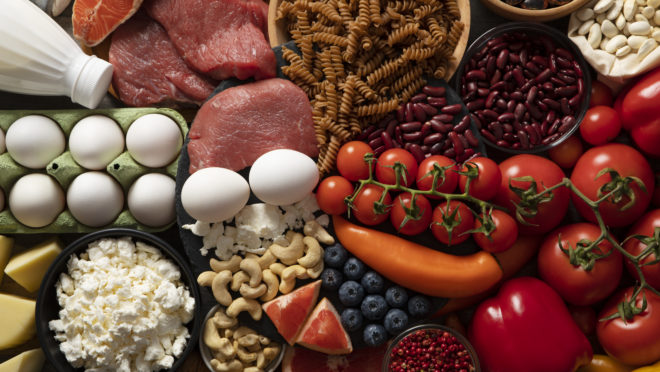In today’s fast-paced world, where convenience often reigns supreme, the choices we make regarding our diets can significantly impact our health and well-being. However, navigating the aisles of supermarkets or perusing restaurant menus can be daunting, especially when faced with terms like “processed,” “ultra-processed,” and “natural” foods. In this article, we delve into the world of food classification, shedding light on the disparities between these categories and their implications for health-conscious consumers.
Defining the Terms:
1. Processed Foods: Processed foods undergo alterations from their natural state through techniques like cooking, freezing, canning, or drying. These alterations may involve the addition of preservatives, flavorings, or other additives to enhance taste, texture, or shelf life. Examples include canned vegetables, packaged snacks, and deli meats.
2. Ultra-Processed Foods: Ultra-processed foods go through extensive industrial processing, often containing numerous ingredients, many of which are artificial or unfamiliar. These foods are typically high in sugar, unhealthy fats, and additives while lacking in essential nutrients. Common examples encompass sugary cereals, packaged snacks, and fast food items like burgers and fries.
3. Natural Foods: Natural foods are minimally processed or unprocessed, retaining their inherent nutritional composition and devoid of artificial additives or preservatives. These foods are typically found in their whole form, such as fruits, vegetables, nuts, seeds, legumes, and whole grains. They provide vital nutrients like vitamins, minerals, fiber, and antioxidants essential for optimal health.
Differentiating Factors:
1. Nutritional Content: Natural foods tend to offer a plethora of essential nutrients vital for sustaining bodily functions and promoting overall health. Conversely, processed and ultra-processed foods often lack these nutrients and may even contain harmful additives detrimental to health.
2. Processing Methods: Processed foods undergo moderate processing to extend shelf life or enhance palatability, whereas ultra-processed foods undergo substantial industrial processing involving multiple stages and the addition of artificial ingredients.
3. Health Impact: Consumption of natural foods is associated with numerous health benefits, including reduced risk of chronic diseases like obesity, diabetes, and heart disease. In contrast, excessive intake of processed and ultra-processed foods is linked to adverse health outcomes, such as weight gain, inflammation, and increased risk of metabolic disorders.
The SEO Perspective:
When it comes to optimizing content for search engines, understanding the nuances of these food categories is crucial for targeting relevant keywords and providing valuable information to users. Incorporating keywords like “processed foods,” “ultra-processed foods,” and “natural foods” into content can enhance visibility and attract organic traffic from individuals seeking insights into healthy eating habits.
By crafting content that educates readers on the disparities between processed, ultra-processed, and natural foods, businesses in the health and wellness industry can establish authority, foster trust, and drive engagement. Moreover, addressing common queries related to these food categories through informative articles, blog posts, or product descriptions can position brands as reliable sources of information, thereby improving their online presence and search engine rankings.
Conclusion:
In the realm of nutrition and dietary choices, distinguishing between processed, ultra-processed, and natural foods is paramount for making informed decisions that promote health and well-being. While processed and ultra-processed foods may offer convenience, they often come at the expense of nutritional quality and long-term health. Conversely, prioritizing natural foods rich in essential nutrients can support optimal health and vitality.

Sign up for our newsletter and stay up to date with exclusive news
that can transform your routine!
Warning: Undefined array key "title" in /home/storelat/public_html/wp-content/plugins/link-whisper-premium/templates/frontend/related-posts.php on line 12
Warning: Undefined array key "title_tag" in /home/storelat/public_html/wp-content/plugins/link-whisper-premium/templates/frontend/related-posts.php on line 13




